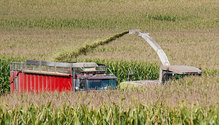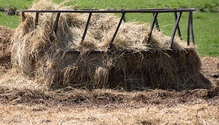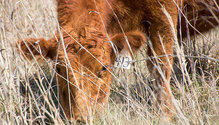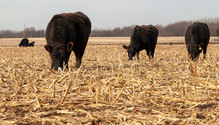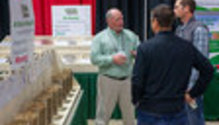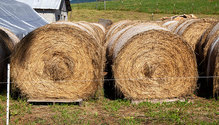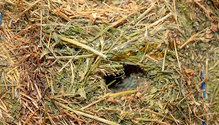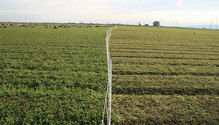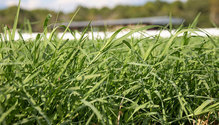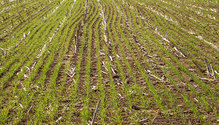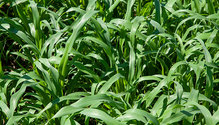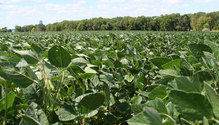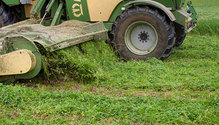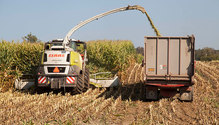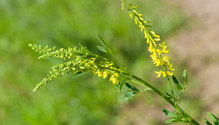Close
The horror stories we heard last week in conjunction with Halloween pale in comparison to some of the haymaking accounts that were told during this past growing season. Relentless rain, delayed c
When corn prices are high, replacing corn with corn silage and distillers grains in finishing diets is an economical option for cattle feeders. The opportunity to maximize quality and harvest the enti
Eliminating feeding losses is impossible; reducing them is not.“The major objective for any feeding system should be to keep loses to a practical minimum level,” writes Vanessa Corriher-Olson,
Many regions have now or will soon reach the point when significant alfalfa regrowth won’t occur if the crop is cut one more time. Research has historically shown that cutting when the chances for
Meeting winter nutritional requirements for the beef herd can be challenging and requires some thought and planning to be done properly and economically. Protein is especially vital for the digestive
Harvest is underway in most of the country and as corn is being harvested, a huge feed resource is being left behind. Cornstalk grazing is an excellent way to extend grazing economically and provide c
It was baleage, not hay, that outdistanced the record field 380 entries in the Southeastern Hay Contest presented by Massey Ferguson. The legume baleage sample from Yon Family Farms, Ridge Spring, S.C
A total of 336 samples from 17 different states comprised the field of entries for this year’s World Forage Analysis Superbowl. The highest placing samples were on display last week at World Dairy
Finding the balance between cheap yet healthy and beneficial can tend to be a challenge when creating rations. However, cereal grains can provide different management options to help meet ration objec
Hay is a great option for feed, however, without an effective storage strategy, a significant amount of money and quality will be lost. Economists estimate the total value of hay storage and feeding l
Hay is hay. Right?Most people understand that the package of dry forage we bind up and call “hay” is not created equal in terms of nutrient content. In fact, hay is subject to extreme variation
Photo: University of California Extension What fits one production system or environment doesn’t always fit another. Grazing alfalfa in the fall and winter with sheep is one such practice
With winter fast approaching, some cattle will soon be in fields grazing on swaths and bales. Swath, stockpiled, and bale grazing are all ways to extend grazing time and are methods with economic bene
Researchers at the Noble Research Institute have been involved in a long-term study that is examining ways to extend the number of grazing days and reduce feed supplementation for the cow
Cereal rye is the most commonly used small grain for spring forage, but there are plenty of other high-quality options to boost spring inventories. Consider diversifying your spring forage
With the arrival of September, prevent-plant acres can now be harvested or grazed. Harvesting crops such as sorghum-sudangrass requires that attention be paid to whole-plant moisture since there is a
In years such as this one, when frost might outpace soybean maturity because of late planting, harvesting the crop as silage or hay becomes a viable alternative.Extension specialists at Mi
With Labor Day now in the rearview mirror, the decision to grab one more alfalfa cutting becomes more traumatic. That said, the need for high-quality feed is unquestionable on many farms. As temperat
With both the quantity and quality of forage at a premium this year in many regions, preservation of corn silage becomes paramount. One component of silage preservation is the use of bacterial inocula
In some regions of the U.S., yellow sweetclover is flourishing. With a biennial lifecycle, sweetclover exhibits very little top growth in the first year and then produces tall stalks during its second
..
Visit our partner publications:
Hoard's Dairyman | Journal of Nutrient Management

